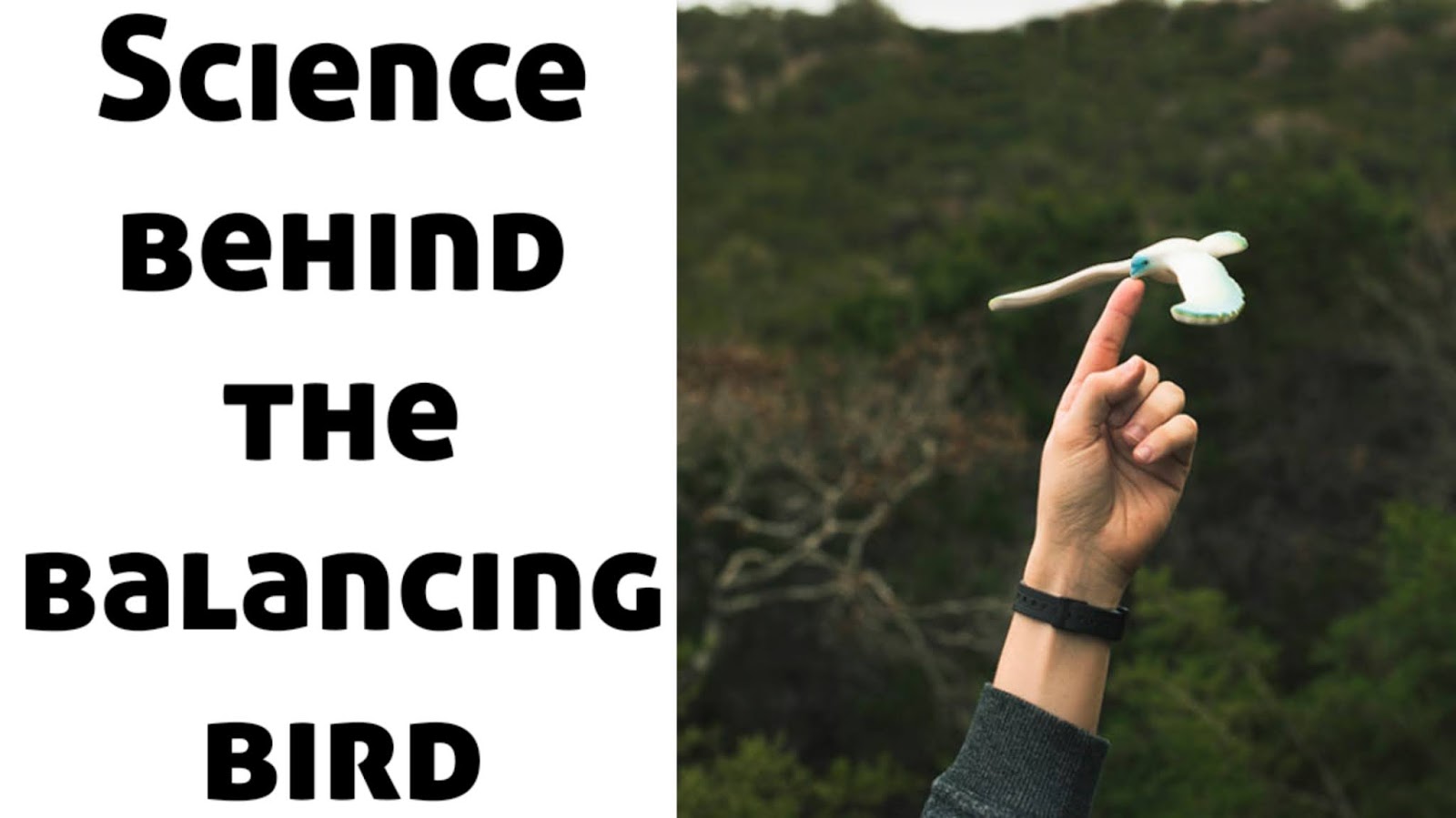When people hear “venom” and “poison,” they often think they mean the same thing. Snakes, frogs, spiders, all dangerous, right?
Here’s the thing: venom and poison are not the same, even though both can harm or kill.
Let’s break it down clearly so you never mix them up again.
What Is Venom?
Venom is a toxic substance that must be injected into the body to cause harm.
Animals that use venom have specialized body parts, like fangs, stingers, or spines, designed to deliver it directly into another organism.
Examples of Venomous Animals
- Snakes like cobras, vipers, and rattlesnakes
- Scorpions
- Spiders such as black widows
- Jellyfish and cone snails
Venom is used by these creatures for hunting prey or as a form of self-defense. Once injected, it can cause paralysis, tissue damage, or even death, depending on the species and amount of venom.
What Is Poison?
Poison, on the other hand, is harmful when it’s touched, inhaled, or swallowed.
Poisonous creatures don’t inject their toxin; they rely on the victim making contact or consuming the toxin instead.
Examples of Poisonous Animals and Plants
- Poison dart frogs
- Pufferfish (contains deadly tetrodotoxin)
- Certain mushrooms, like the death cap
- Belladonna (also called deadly nightshade)
Poison acts as a passive defense mechanism. These organisms don’t need to attack; predators simply get sick or die if they try to eat them.
Main Difference Between Venom and Poison
| Feature | Venom | Poison |
|---|---|---|
| Mode of delivery | Injected into the body (bite, sting, spine) | Absorbed, inhaled, or ingested |
| Purpose | Used for hunting and self-defense | Used mainly for defense |
| Typical examples | Snakes, spiders, scorpions, jellyfish | Poison dart frogs, pufferfish, and toxic mushrooms |
| Effect on humans | Can cause paralysis, tissue damage, and rapid systemic effects | Causes illness or organ damage if touched, inhaled, or eaten |
| Key memory cue | You get bitten or stung | You bite or touch it |
| Treatment | Antivenom and medical support (specific to venom) | Detox, activated charcoal, supportive care (depends on toxin) |
A simple way to remember:
👉 If it bites you and you die, it’s venomous.
👉 If you bite it and you die — it’s poisonous.
How Venom and Poison Affect the Body
Both venom and poison contain complex mixtures of toxins, but they affect the body differently.
- Venom acts quickly, targeting the nervous system (neurotoxins) or blood cells and tissues (hemotoxins).
- Poison, on the other hand, works by disrupting metabolic processes, blocking enzymes, or damaging organs once it’s absorbed.
For instance, snake venom might paralyze breathing muscles within minutes, while mushroom poison can destroy the liver over several hours.
Can an Animal Be Both Venomous and Poisonous?
Surprisingly, yes, though it’s rare.
One example is the blue-ringed octopus. It’s venomous because it can inject a powerful neurotoxin through its bite, and it’s also poisonous because its body contains the same toxin if eaten.
So, nature doesn’t always play by simple rules.
Why the Difference Matters
Understanding the difference between venom and poison isn’t just trivia; it can literally be life-saving.
Knowing how toxins are delivered helps in medical treatment and antivenom production.
For instance, antivenom works against venom, not poison. So a doctor treating a snakebite will use a specific antivenom, while poisoning cases are treated with detox methods or activated charcoal.
Fun Facts
- The inland taipan (also called the “fierce snake”) has the world’s most toxic venom, yet it’s shy and rarely bites humans.
- The pufferfish is so poisonous that one drop of its toxin can kill multiple people, yet it’s served as a delicacy (fugu) in Japan by specially trained chefs.
- Some animals, like the slow loris, produce venom by mixing saliva with secretions from their arms, making them the only known venomous primates.
Final Thoughts
Venom and poison may both be nature’s deadly tools, but they work in entirely different ways.
Venom needs a delivery system, think fangs or stingers.
Poison just needs contact or consumption
Next time you see a headline about a “poisonous snake,” you’ll know the real term is “venomous.”
A small difference in words, but a big difference in biology.






0 Comments